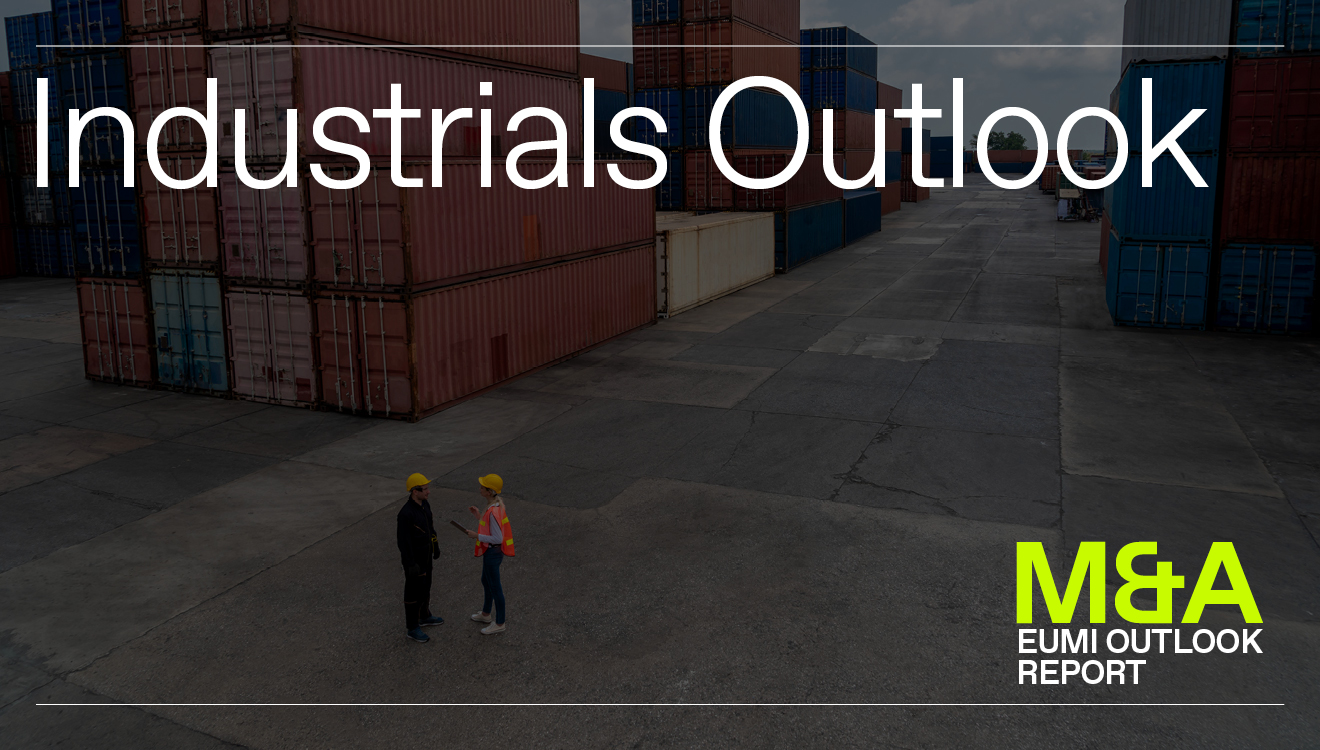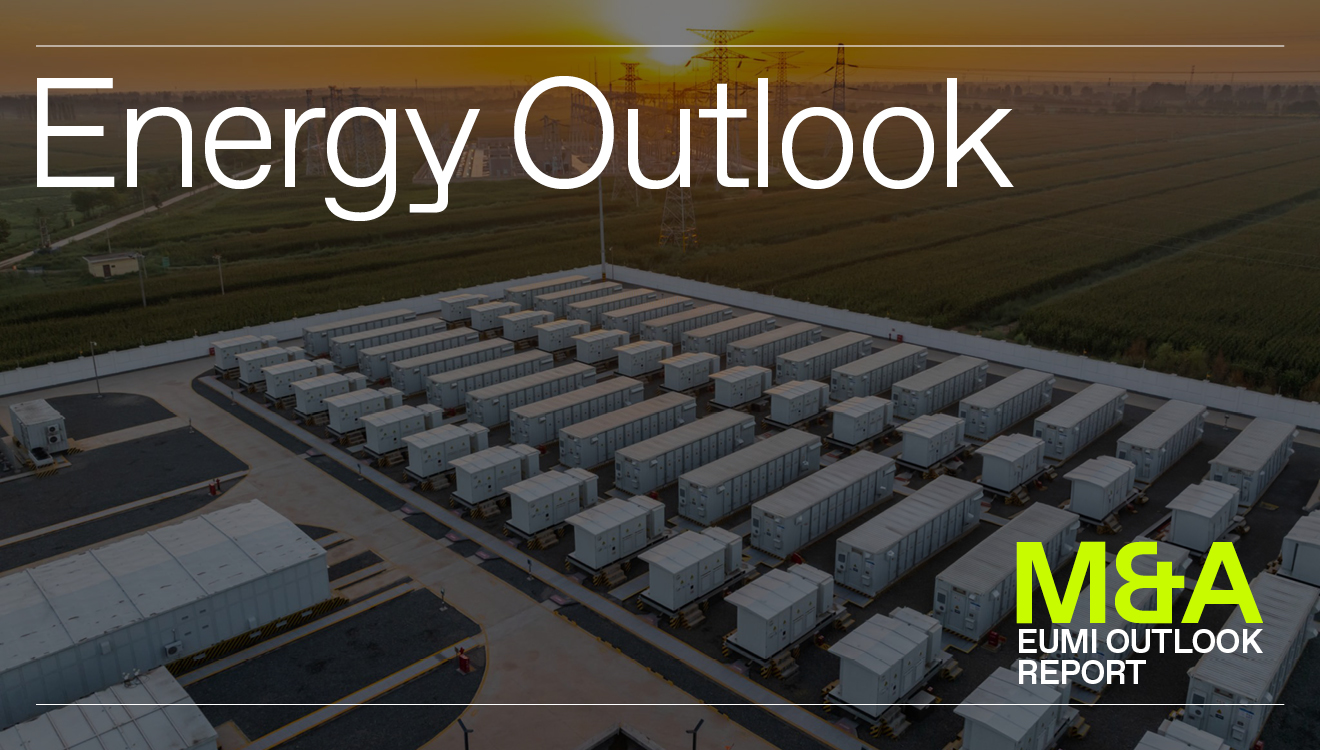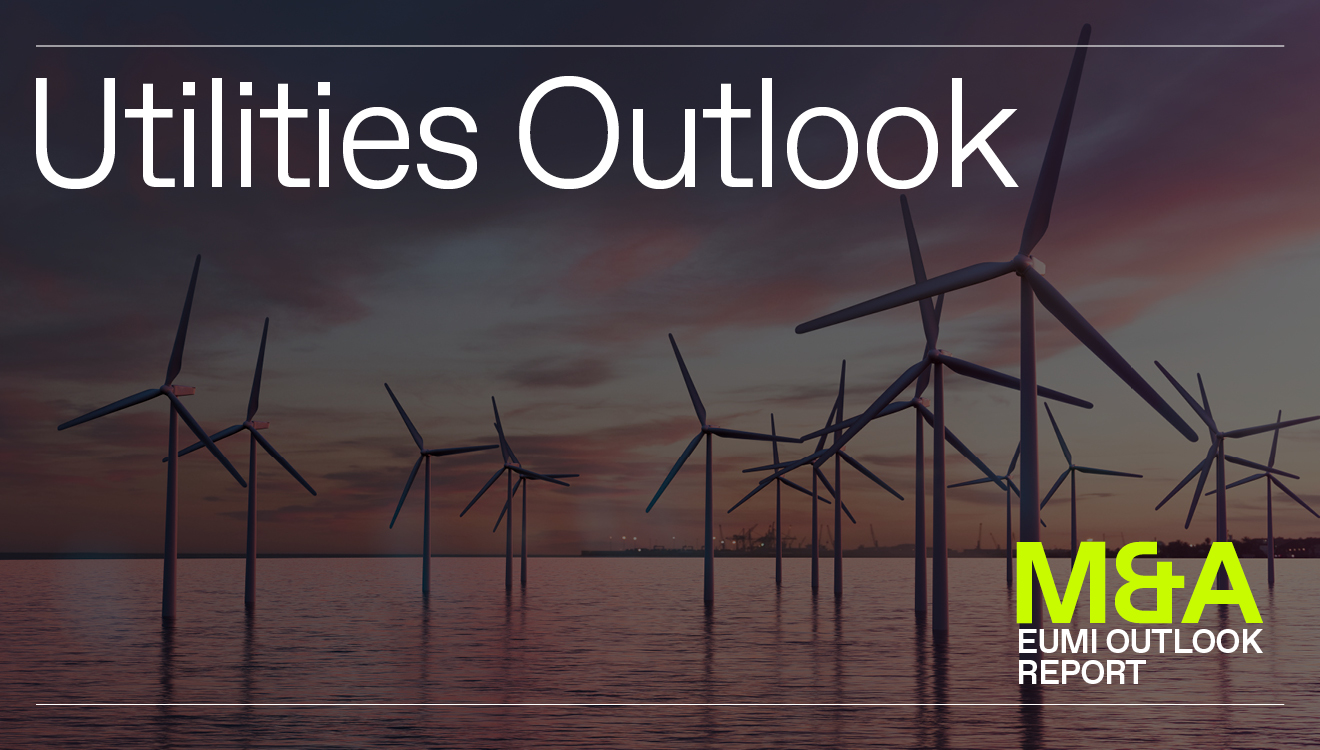Size matters: Smaller, programmatic M&A deals create more long-term value
When it comes to your acquisition strategy, bigger isn’t always better.
By AnsaradaWed Jun 30 2021Mergers and acquisitions, Due diligence and dealmaking, CEO-CFO, Post-deal integration

Companies that "regularly and systematically pursue moderately sized M&A deliver better shareholder returns than companies that don’t", according to research by McKinsey. Multiple smaller deals generated more long-term value than infrequent big-ticket transactions. And companies who relied on organic growth or made selective acquisitions actually showed losses in returns.
This continual stream of transactions – or "programmatic M&A" – is what builds success. However, these deals ‘need to reach particular thresholds of frequency and cumulative value to make a real impact’ (Harvard Business Review).
Programmatic M&A can be an effective popular strategy for tech companies like Amazon, Alphabet and Meta. These types of companies will look for acquisition targets with specific technology capabilities or features that they can more quickly acquire through a deal than through developing them in-house. Media and entertainment companies - notably like Disney - will deploy a programmatic M&A strategy in order to acquire IP, such as to expand their streaming libraries.
These ‘programmatic’ acquirers perform better than their peers and earn excess returns because they have closed more of them. According to McKinsey, it is ‘precisely because these companies are doing deals systematically, we believe they are building lasting, distinctive capabilities in M&A’.
Acquirers should treat M&A as an ongoing commitment in order to maximize outcomes. If you’ll excuse the cliché, ‘practice makes perfect’ applies as equally to sports and instruments as it does to dealmaking. This is especially noticeable with inexperienced buyers who frequently underestimate the amount of work involved in the due diligence process and the post-deal integration of assets.
Deal strategy should be treated no differently to the overall company strategy when it comes to maximizing value. They both involve the optimization of information and processes, with the goal of maintaining this as a continuous state rather than a single moment or event.
Building a company organically can only take you so far. Regular bolt-ons and small to moderate sized acquisitions are critical for both innovation and steady, long-term growth.
“Many companies remain unintegrated well after their acquisition date; it’s very easy for a company to get distracted from the more difficult delivery of synergies and solve more urgent operational problems.”
Programmatic acquirers, who will spend a lot of time on integration, are particularly attuned to the risks and potential - but they also have the most opportunity to refine their own post-integration processes.
A common trait of programmatic acquirers is the early consideration of every stage of the deal, from the earliest strategic work to post-deal integration planning. Having built up best-practice frameworks over multiple transactions, they are able to easily access the right resources and efficiently replicate past successes. A common error of inexperienced buyers is treating post-deal integration as an afterthought, which can lead to the loss of valuable synergies and overall deal value.
For programmatic acquirers, Ansarada Deals is the answer to the most secure and efficient process, every time. Get started today at no cost and learn what modern dealmaking should be.
This continual stream of transactions – or "programmatic M&A" – is what builds success. However, these deals ‘need to reach particular thresholds of frequency and cumulative value to make a real impact’ (Harvard Business Review).
What is programmatic M&A?
Programmatic M&A is a deliberate, long-term approach to dealmaking in which companies look to make smaller-scale targeted acquisitions consistently over a period of time to grow their market share, capabilities or enter new markets in a sustainable way. Because programmatic M&A strategies typically involve smaller, complementary mergers or acquisitions, it differs substantially in approach to large-scale M&A transactions.Programmatic M&A can be an effective popular strategy for tech companies like Amazon, Alphabet and Meta. These types of companies will look for acquisition targets with specific technology capabilities or features that they can more quickly acquire through a deal than through developing them in-house. Media and entertainment companies - notably like Disney - will deploy a programmatic M&A strategy in order to acquire IP, such as to expand their streaming libraries.
Mastering the art of the deal
As ‘programmatic’ implies, this type of M&A requires careful strategy, planning and systematic action – not once, but continuously.These ‘programmatic’ acquirers perform better than their peers and earn excess returns because they have closed more of them. According to McKinsey, it is ‘precisely because these companies are doing deals systematically, we believe they are building lasting, distinctive capabilities in M&A’.
Acquirers should treat M&A as an ongoing commitment in order to maximize outcomes. If you’ll excuse the cliché, ‘practice makes perfect’ applies as equally to sports and instruments as it does to dealmaking. This is especially noticeable with inexperienced buyers who frequently underestimate the amount of work involved in the due diligence process and the post-deal integration of assets.
Deal strategy should be treated no differently to the overall company strategy when it comes to maximizing value. They both involve the optimization of information and processes, with the goal of maintaining this as a continuous state rather than a single moment or event.
Why build when you can buy?
We’re experiencing the seventh great M&A wave right now as a result of the post-pandemic boom. Buyers are hungrier than ever for acquisitions that will gain them innovative tech or allow them to buy out a rival who hasn’t weathered the COVID storm. But crucially, it doesn’t need to be a multibillion-dollar acquisition to make a significant difference over time.Building a company organically can only take you so far. Regular bolt-ons and small to moderate sized acquisitions are critical for both innovation and steady, long-term growth.
Post-deal integration can make-or-break programmatic M&A
Companies that use programmatic M&A effectively often become extremely good at post-deal integration. This stage of the deal lifecycle can be intensive and is a common point-of-failure to realizing value after the deal closes.“Many companies remain unintegrated well after their acquisition date; it’s very easy for a company to get distracted from the more difficult delivery of synergies and solve more urgent operational problems.”
Programmatic acquirers, who will spend a lot of time on integration, are particularly attuned to the risks and potential - but they also have the most opportunity to refine their own post-integration processes.
A common trait of programmatic acquirers is the early consideration of every stage of the deal, from the earliest strategic work to post-deal integration planning. Having built up best-practice frameworks over multiple transactions, they are able to easily access the right resources and efficiently replicate past successes. A common error of inexperienced buyers is treating post-deal integration as an afterthought, which can lead to the loss of valuable synergies and overall deal value.
Standardize and scale with Ansarada
Ansarada's virtual data room a total transaction management solution that supports the end-to-end deal lifecycle. With collaboration tools and digitized checklists, workflows and processes can be templatized and re-used for each new acquisition. Information is housed and maintained in a single centralized platform so that critical data can be leveraged at every stage for confidence in decision-making.For programmatic acquirers, Ansarada Deals is the answer to the most secure and efficient process, every time. Get started today at no cost and learn what modern dealmaking should be.
Your M&A strategy deserves a data room with a global track record
Discover how deals get done. Try Ansarada for free.
Try now for free

